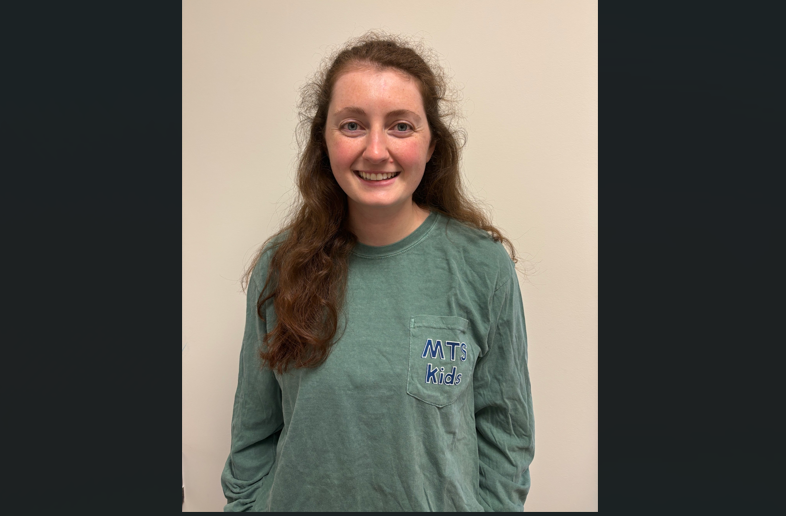By Kathleen Quinn, MS CF-SLP
Waking up and getting ready for school, brushing their teeth, cleaning up toys, and making good choices. Does your child sometimes have trouble with these situations or tasks? Are you stuck on how to make them go smoothly?
Sometimes, the answer can be as simple as a picture or a song. Try these techniques and you could make a huge difference in your child’s daily routines.
Pictures
Something as simple as a picture showing the steps of a routine, a first-then board, or a picture depicting the results of “good” vs. “bad” choices can prepare a child for what to expect in situations and help them focus on the important details of a routine or activity.
So how should you incorporate visuals into your daily routines? Make sure the visuals you’re using are visible to the child throughout the entire routine or task. Some examples of visuals to use:
- Visual Steps or Schedule: A visual representation of what is going to happen or how to complete a task (e.g., brushing teeth, washing hands, getting ready for school)
- First-Then Boards: These boards show a picture of a task to be completed “first” along with something your child wants to do “then.”
- Good and Bad Choice Visual: A visual depiction of the consequences of your child’s good choices and bad choices.
Songs
In addition to pictures, songs can make routines and transitions more enjoyable and less stressful for children. Music can grab a child’s attention in a way that encourages them to complete a task.
Songs are also a great resource for language and social development because music can teach new vocabulary words and can ease children into interactions with peers.
For songs, take any of these scenarios mentioned in the pictures section and sing the directions to a familiar tune (e.g., wheels on the bus, itsy bitsy spider, twinkle, twinkle little star). And add some simple lyrics!
This is the way we start our day
[Wheels on the bus tune]
This is the way we start our day,
Start our day
Start our day
Start our day
This is the way we start our day
To get ready for school.
First we eat breakfast
Eat breakfast
Eat breakfast
Eat breakfast
First we eat breakfast,
To get ready for school
Continue that pattern with the next steps in the process (brush our teeth, get dressed, pack backpack, etc.).
Following and understanding spoken directions can be difficult for children. Visuals and songs can help parents communicate better with their children and for children to communicate better with their parents!
Kathleen Quinn, MS CF-SLP, works with McCulloh Therapeutic Solutions as a speech-language pathologist in the schools division. She primarily serves children on the Autism Spectrum and has special interests in language development, behavior modification and making learning fun.




